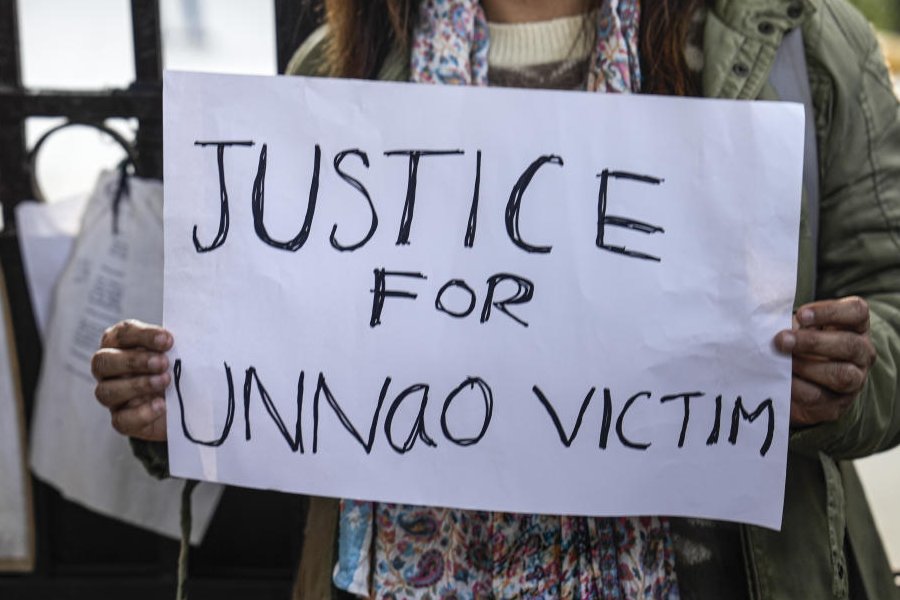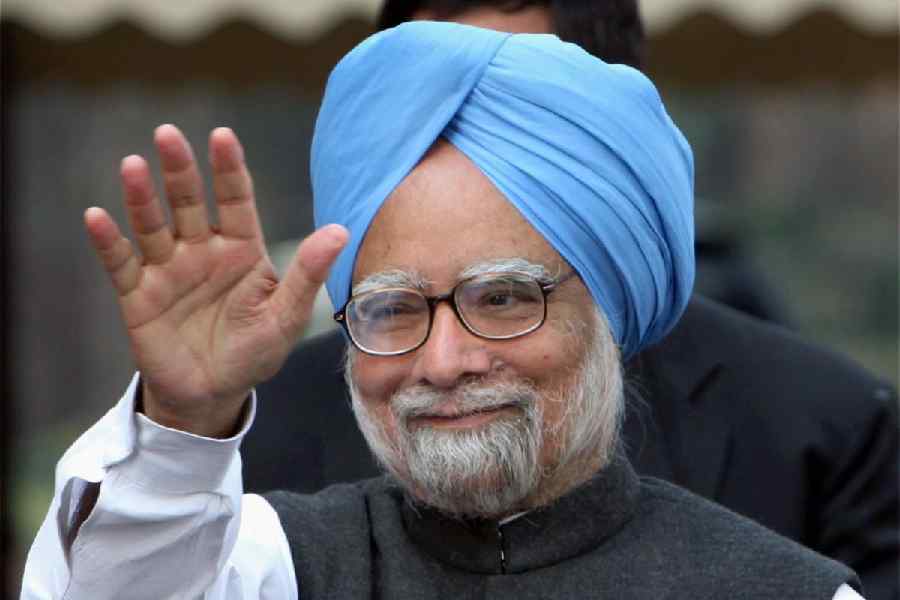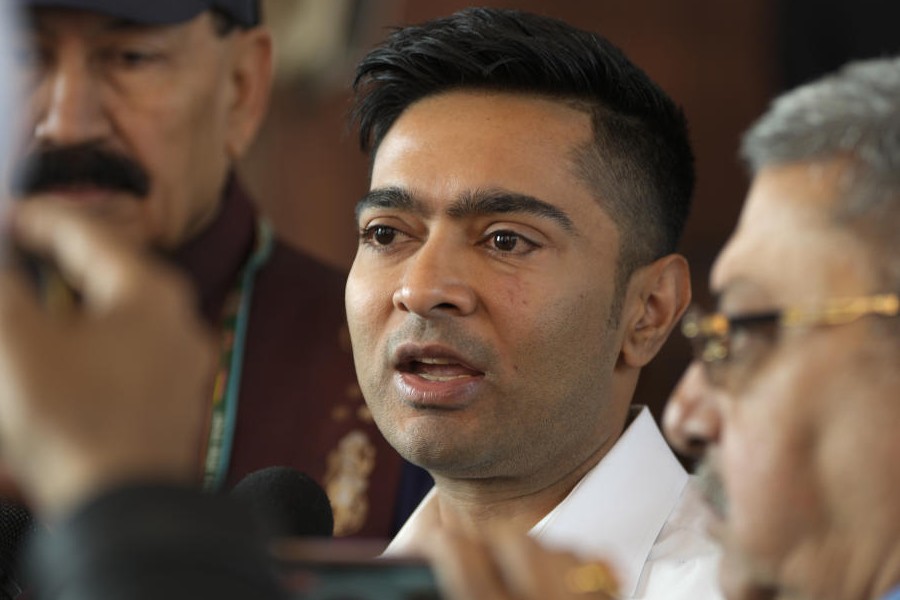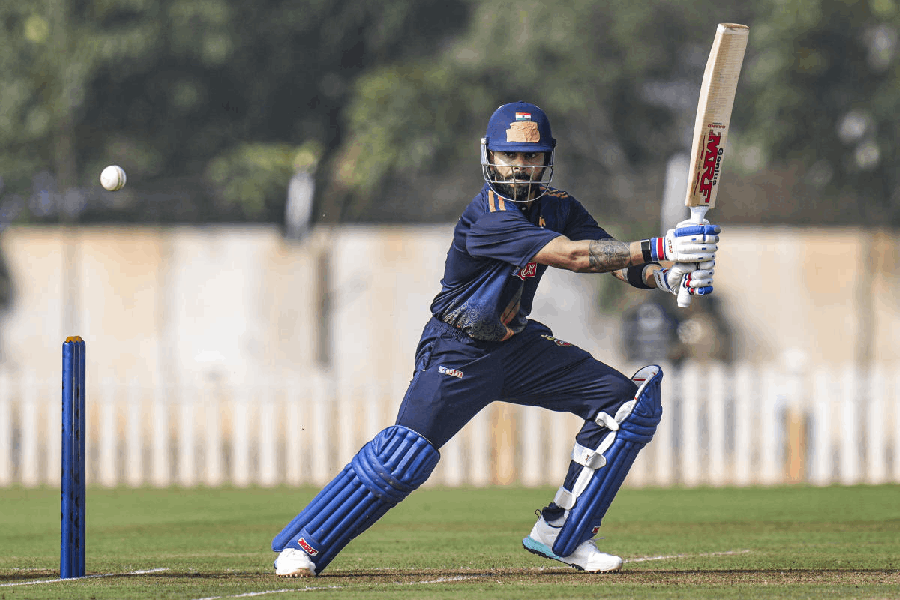 |
| The cover of the mock version of Chandomamo |
Bhubaneswar, Aug. 12: Chandamama, the popular children’s magazine published in 12 languages, is set to get a Santhali identity.
From August 15, the publishers of the magazine would bring out Chandomamo, its Santhali version, to reach out to the tribals of Jharkhand, Bihar, Orissa and West Bengal.
The 64-page magazine would have the routine fare of Panchatantra and other folk tales written in the Olchiki script. The price has been fixed at Rs 10, though the English version costs Rs 15.
Last year, Santhali was included in the Eighth Schedule of the Constitution. The decision to bring out a popular children’s magazine in Santhali, therefore, is a step that could further consolidate the position of the language in the Indian mainstream.
There are about 1.5 crore Santhals in the country of which nearly 25 per cent could be found in the Mayurbhanj, Sundargarh and Keojhar districts of Orissa.
The publication of a mainstream magazine in Santhali could be seen as a significant landmark in a process that began with the pioneering efforts of Guru Gomke Pandit Raghunath Murmu.
It was Murmu who developed the largely oral Olchiki into a written form. The luminary had devoted his life to helping Santhali get its due recognition.
Chandamama publisher B. Viswanath Reddy received a request last year from former animal husbandry minister Draupadi Murmu, herself a Santhali leader, to bring out an edition in Santhali. And Reddy seemed quite willing to respond in the affirmative.
“Though there are a few magazines in the Olchiki script such as Sandhayini and Sagensakem, they have failed to reach out to our community. We thought Chandamama would be different,” Murmu said.
The publishers of the magazine are optimistic that Chandomamo would be as popular as its counterparts in other languages. “There is no other publication that has brought out such a magazine. I think it would be widely accepted,” Reddy said.
In 1992, the Orissa government appointed teachers in 38 primary schools across the state to teach in Santhali. But the scheme did not work out well due to inadequate government support.
“We want our children to be taught in the Santhali medium in schools to retain our linguistic and cultural identity,” said Murmu, now a BJP MLA from Rairangpur constituency in Mayurbhanj.
To begin with, 7,000 copies of Chandomamo would be published every month. A special committee based in Bhubaneswar would translate the stories to Santhali from Oriya and then publish the same in the Olchiki script. The committee would also take care of the magazine’s marketing.
However, language experts were not sure if the move would yield the desired results. They felt that many Santhalis might not be able to read the magazine in the Olchiki script, which was relatively new.
“Only the younger lot who have been taught in Olchiki would be able to read the magazine,” said S.C. Sahoo, director of the Adivasi Tribal Dialect Corporation. He added that Oriya would have a far greater impact.
But parents seem to be optimistic. “It’s a positive step. Our children would probably be attracted to the Santhali language,” said Gobinda Murmu, a parent.











